Features of blunt-leaved peperomia and subtleties of care

Peperomia blunt-leaved is an evergreen houseplant. Among flower growers, it has gained popularity for its high decorative properties, as well as unpretentious care, which is especially important for beginners in this business. Peperomia grown at home will undoubtedly create coziness and a favorable atmosphere in any family. We will talk about its features in the article.
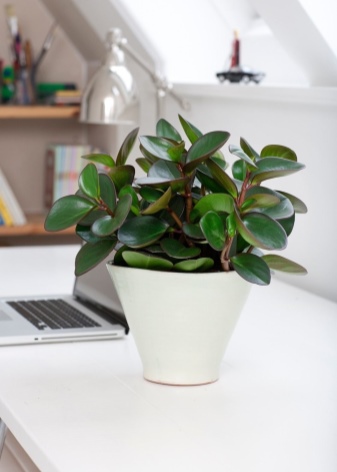
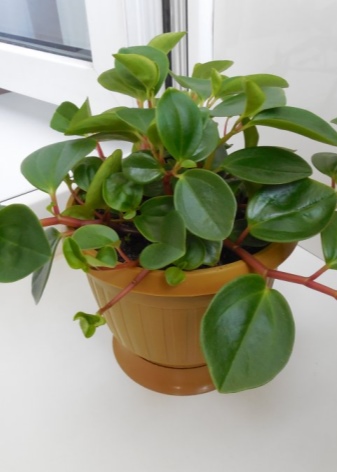
Description
Peperomia (from Lat. Peperomia) is a perennial herbaceous evergreen plant. It comes from the pepper family. In the wild, it grows in the tropical forests of South America and Asia. It can be found on tree trunks, peat bogs, mountains. Today, some varieties have gained popularity in home floriculture.
Peperomia is the owner of beautiful, lush foliage. Each variety is distinguished by the appearance of the leaves. There are specimens with small and large leaves, thin and thick, as well as shiny, wrinkled, leathery. The color is dark emerald, light green, golden, brown, even with a silvery tint.
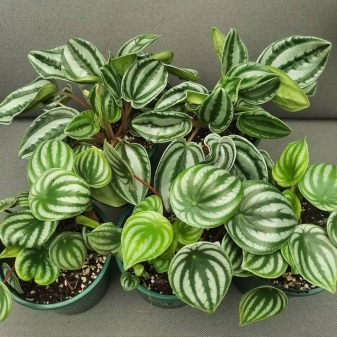
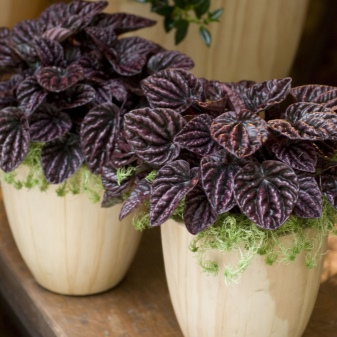
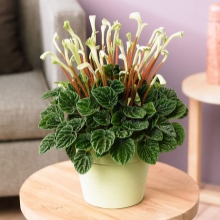
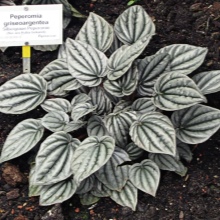
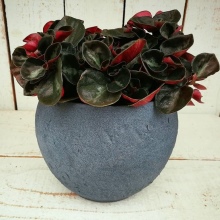
The structure of the foliage of blunt-leaved peperomia is fleshy, dense, smooth. Colored dark green. The bush grows up to 20 cm in height. In a young plant, the branches tend upward, but after a while you can see how they bend, stretch towards the ground.
Variegated peperomia is a non-flowering species of this culture, therefore, it should not be confused with dull-leaved, in which the flowering period occurs in the spring. The inflorescences that appear are like spikelets with small flowers on the crown. Sometimes blunt-leaved peperomia is compared with magnolia-leaved - both types do not differ in the beauty of peduncles, which is why it is recommended to remove them so as not to draw out excess juices from the plant.
Nevertheless a lush green bush can decorate any room, and all the beauty of foliage is in proper care.

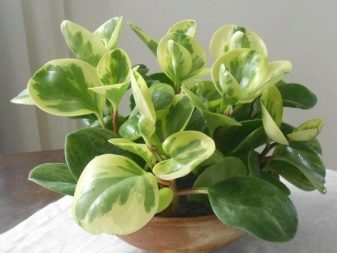
Care
Since the houseplant has an unpretentious nature, it is completely easy to care for it. There are several main points, the observance of which will ensure the full growth of a young flower, as well as maintain a healthy appearance for an adult bush.
So, consider the optimal conditions for keeping peperomia blunt-leaved at home.
- Lighting. The plant calmly perceives not only natural light, but also artificial light - for example, phytolamps. The main requirement is that it needs scattered rays, under straight foliage, the foliage withers, turns yellow. Lack of light can also spoil the decorative look, so experienced florists advise placing the pots on the east or west side.
Placed a flowerpot on the southern windowsill should be covered with a curtain, on the northern one - use a phytolamp.
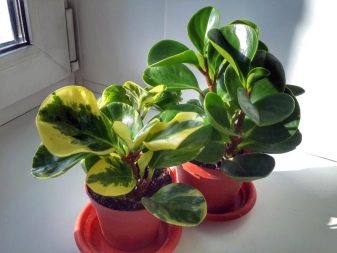
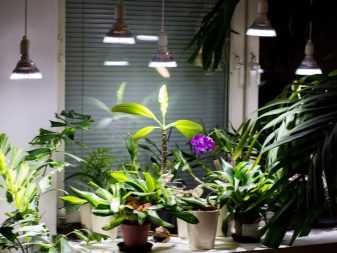
- Watering. In principle, peperomia can tolerate short dry periods, but moisture should not be neglected. So, in summer, watering is done once a week, in winter - twice a month. Excess moisture in the soil leads to rotting of the root system, which can subsequently destroy the plant. Watering is recommended with warm, settled water. Spraying the bush regularly will be especially helpful.
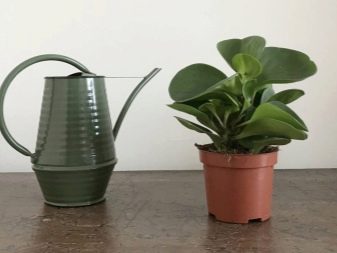
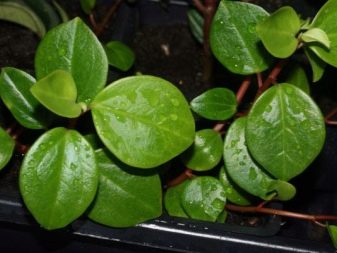
- Temperature. Peperomia is very thermophilic. Therefore, it is important to maintain the temperature regime within +20.25 degrees; in cold months, the content at +16 degrees Celsius is permissible. It is worth being wary of sudden temperature changes - the bush begins to rapidly shed its foliage.
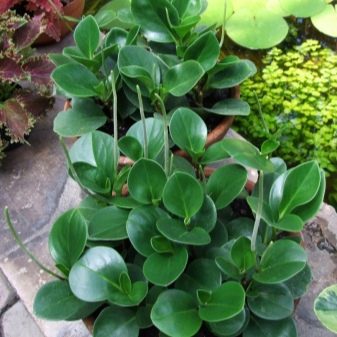
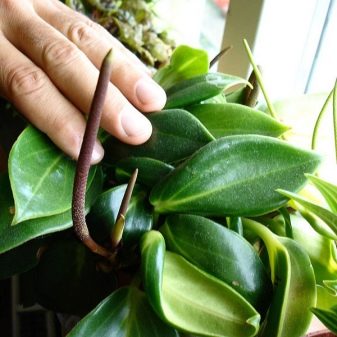
- Landing. Suitable dishes for the procedure are earthenware, ceramic, plastic, always with wide rims, shallow. As a planting soil, special mixtures for indoor flowers are used. Experienced flower growers prefer to independently prepare the soil - deciduous humus + peat + river sand (2: 1: 1). It is better to make the drainage layer from pebbles, fine gravel or broken brick.

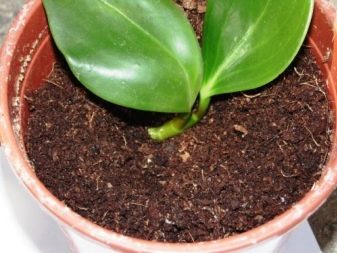
- Transfer. Such procedures are not recommended to be carried out too often. By nature, peperomia is a lover of consistency. Therefore, a young bush is transplanted once a year, an adult - after 3 years. It is worth choosing a container larger than the previous one, since the root system develops rather quickly and occupies the area of the pot. A drainage layer is also used here. After placing the flower in a container, be sure to sprinkle with soil, pour abundantly with warm water.
It is recommended to keep the flowerpot in the shade for two days, and then put it in its usual place.
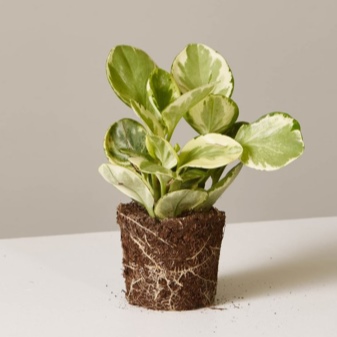
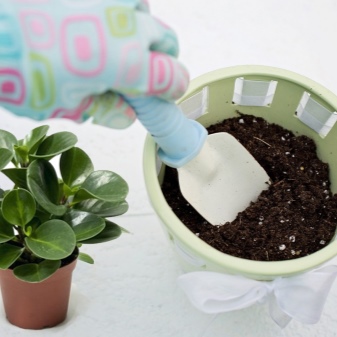
- Pruning. Such a care procedure is carried out only with adult plants. It involves the removal of old, dry, damaged branches.

- Fertilizers. Experienced flower growers advise using special fertilizing for ornamental plants, namely: ready-made mineral compositions. Fertilize the bush no more than twice a month during the period of active growth. During rest, a single meal will be enough.
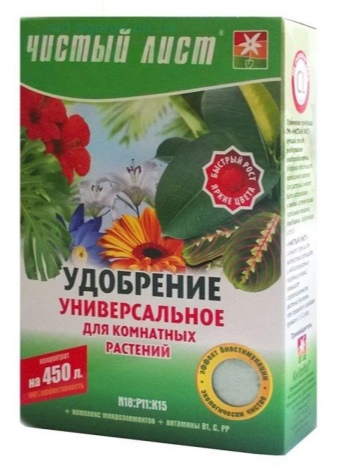
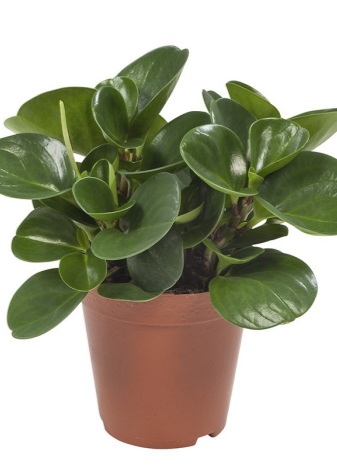
Pruning
Experienced growers know that pruning is a full-fledged care for an adult blunt-leaved peperomia bush. So, it is important to remove dry, weak, damaged branches in time. The longest specimens often break off from their own weight - they should also be disposed of. The same goes for cuttings that are longer than 30 centimeters.
The pruning procedure helps to keep the ornamental qualities of the shrub at a height, and also maintains the health and strength of the home plant. Therefore, this grooming work should not be neglected.
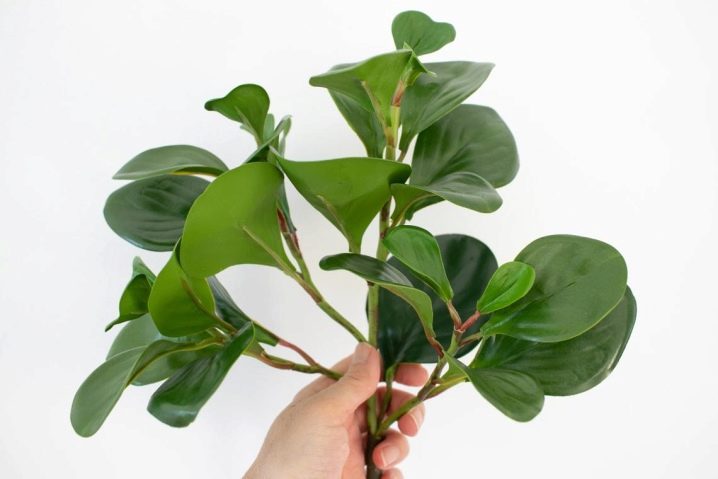
Transfer
It is not difficult to choose a pot for the future picking of peperomia. It is important to remember that the flowerpot should be twice the size of the previous one. The rhizome of this variety is characterized by rapid growth.
The shallow container is filled with a drainage layer, which has a positive effect on the strengthening and development of young roots.
People who grow peperomia blunt-leaved at home note that a young flower requires a transplant every year. In this regard, the dishes increase by about 4 centimeters each time. An adult bush experiences less frequent picks - only once every 2 years. An old plant does not require this procedure, unless the roots are peeking out of the drainage hole.
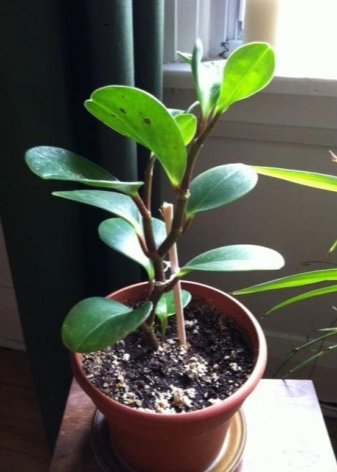
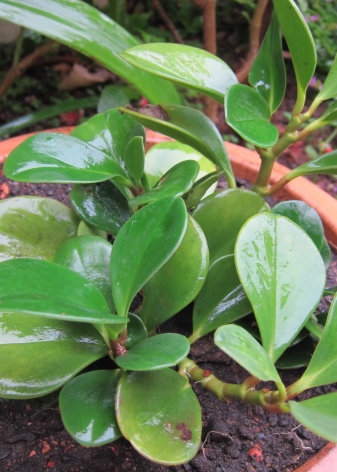
Full growth of the plant will provide correctly selected soil. The land must be of high quality, be sure to be loose. Heavy soil often leads to rapid decay of the root system.
Mineral complexes will help to increase soil fertility, however, they should not be abused either.
Experienced flower growers prefer to prepare planting mixtures on their own - peat, humus, sand, leafy earth are perfect.
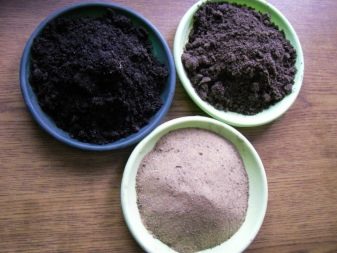
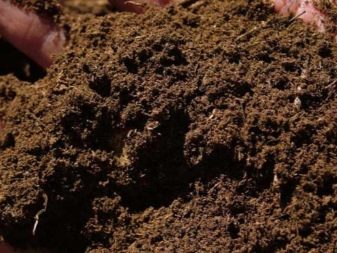
Reproduction
Peperomia dull-leaved reproduces in several main ways. Let's consider each in more detail.
Seeds
It is the most difficult and time consuming process. Therefore, this method is rarely used at home. In early spring, the seeds are sown in small containers with prepared soil from sand and garden soil. Next, you need to cover the "blank" with a film in order to create greenhouse conditions.
We must not forget about regular ventilation. Drizzle exclusively with water at room temperature. As soon as the first leaves appear, the sprouts are transplanted into a box with the same soil, keeping a distance of 3 cm between seedlings. A slightly strengthened plant is dived into a separate container with soil for adult flowers.
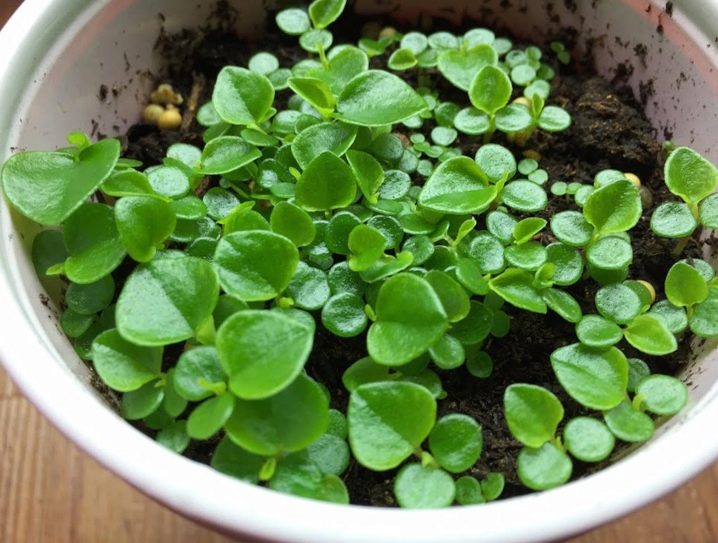
Cuttings
The most common method used in home floriculture.Division by cuttings involves cutting off a cuttings from an adult flower. The taken copy must have 2-3 knots and several leaves. Plastic cups or special containers are suitable as containers. The soil mixture is poured into them (in a ratio of 1: 2 - sand + peat). Then the glass with the handle is sent to a warm place for about a month - this time is enough for the formation of roots. The peperomia can then be placed in a permanent pot.
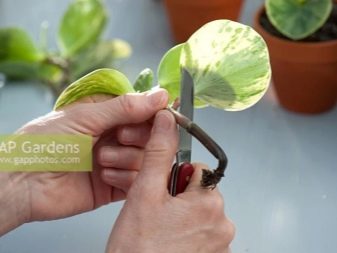
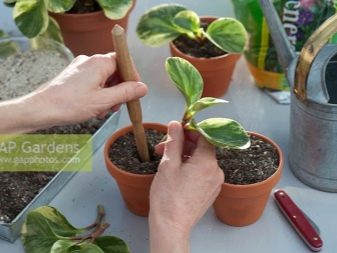
By dividing
This procedure is carried out in early March. First of all, you need to remove the bush from the pot, cut the rhizome into several parts. The damaged area must be treated with chalk or coal powder in order to prevent infection and subsequent death of the plant. The resulting parts of the root are seated in separate containers.
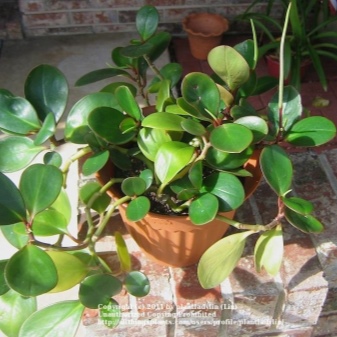

Diseases and pests
Dull-leaved peperomia is an unpretentious houseplant. Despite its persistent nature, sometimes improper care or violation of the conditions of detention leads to diseases or damage by harmful insects. Therefore, it is important to be aware of the possible threat and stock up on special means to fight.
- Rot of the root system. The reason is frequent watering, which leads to excess moisture in the ground. Waterlogged soil is a favorable environment for the development of mold, fungus, and decay. The affected areas on the bush are cut off, the pot of soil is completely changed. In the future, the main thing is to observe moderate watering. In the case of severe decay of the rhizome, the flower cannot be saved.
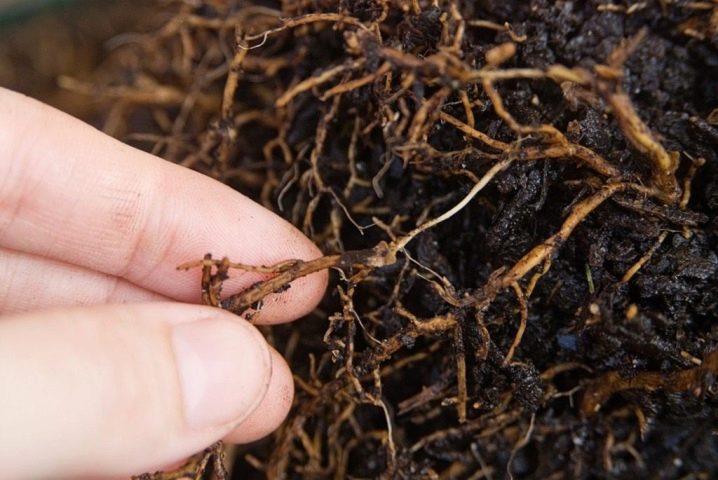
- Pests (thrips, spider mites, mealybugs). Small insects attack primarily foliage - they suck out all the juices, multiply in the lower part of the leaf. As a result, the plant dries up and dies. A problem noticed in time makes it possible to get rid of pests. So, it is recommended to wash with a strong soapy solution, wipe with alcohol. Insecticides are considered the most effective means for control.
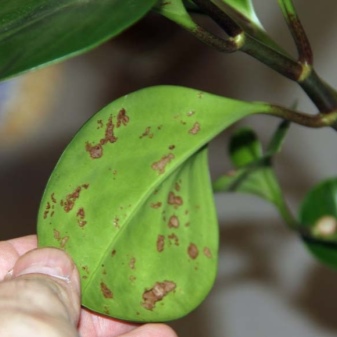
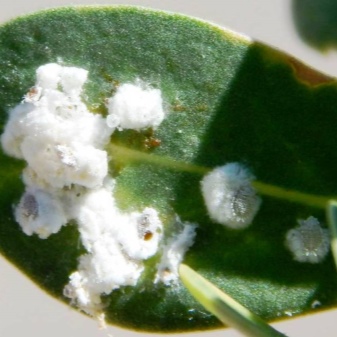
Peperomia dull-leaved - an unpretentious indoor flower in cultivation and care, characterized by lush green foliage. Although the flowering period does not differ in the appearance of bright flowers, peperomia continues to gain popularity among home growers.
The basic rules will help to keep the plant in a healthy state, including the requirements for lighting, temperature, watering, soil.
Important points in home care are timely pruning and transplantation of peperomia. Before proceeding with the procedures, you should read the recommendations. Incorrectly performed work can lead to disease or death of the plant.

Decorative peperomia shows good results in home cultivation, even among inexperienced growers - a sprawling bush overgrows with many green leaves with a slight gloss, decorating any windowsill all year round.
For the features of caring for blunt-leaved peperomia, see the following video.



















































The comment was sent successfully.